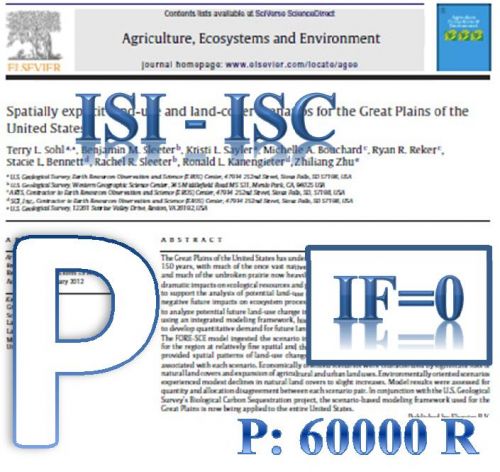Utilization of none-prime waters in arid regions is necessary to supplement water resources. The municipal Effluent water (EW) from the Esfahan Northern Water Treatment Plant and EW of four industries of Zob-Ahan and Folad-Mobarekeh (two iron foundries), Polyacril (a petrochemical Plant) and Zohreh (a dyeing plant) were selected and their effects on soil, water resources, and plants were investigated. The result shows that for municipal EW the COD, BOD, TSS and, for industrial EW SO4 2-, Cl-, HCO3 -, BOD, COD, N-NO3, TDS, TSS, SAR and heavy metals concentrations of Cu, Mn, Cr, Co, Cd and Zn are the limiting factor and exceed the standard for agricultural land irrigation. In soil in land irrigated with municipal EW, the organic matter content, total nitrogen, available phosphorous and potassium and selected heavy metals were higher than well-water irrigated lands. In soils irrigated with industrial EW the concentration of Mn, Zn, Cd and Cu exceeded the normal levels, and were in critical range. The concentrations of Fe, Cu and Zn in the wheat roots irrigated with EW were higher than wheat root irrigated with well-water and the wheat grain concentration of Mn and Zn were higher than wheat grain check fields irrigated with well-water. In land irrigated with industrial EW Cu and Fe concentrations were higher than normal range. Also, Zn and Cu grain concentration increased, and Fe grain concentrations decreased compare with leaf and shoot concentration in wheat. In alfalfa, plant Cu and Zn concentrations were in critical range, and Cu, Fe, and Zn concentration exceeded the sufficient range.
کلید واژگان :Municipal, affluent water, heavy metals, permissible limit, critical limit.
ارزش ریالی : 600000 ریال
با پرداخت الکترونیک
